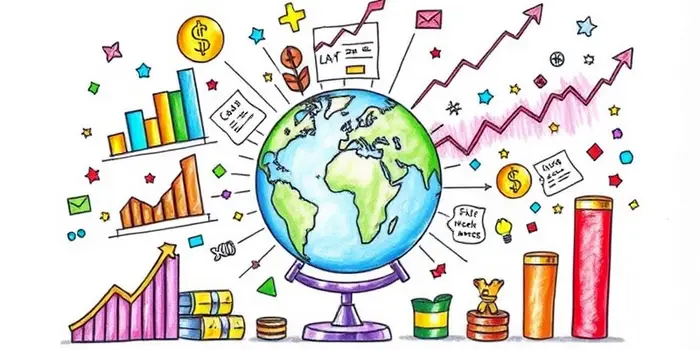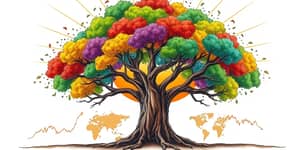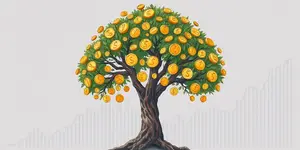
In an age of global markets and rapid information flow, individual investors seek efficient ways to build resilient portfolios. Exchange-Traded Funds (ETFs) have emerged as one of the most versatile tools, offering both flexibility and diversity. By understanding their mechanics, types, and applications, investors can harness ETFs to achieve long-term growth with controlled risk.
An Exchange-Traded Fund is a collection of securities—stocks, bonds, commodities or other assets—that trades on an exchange like a single stock. Unlike mutual funds, which price once per day, ETFs offer real-time market prices and can be bought or sold throughout trading hours.
ETFs provide daily transparency of holdings and typically distribute fewer capital gains, making them a tax-efficient investment vehicle. Their structure allows for easy access to broad or specialized segments of the market.
ETFs span a wide range of asset classes, strategies, and geographies. Selecting the right type is crucial for aligning with your financial goals.
Diversification through a single trade is perhaps the most celebrated feature of ETFs. Even a modest investment can spread across dozens or thousands of holdings.
ETFs often boast expense ratios lower than mutual funds, helping investors keep more of their returns. The transparent structure permits daily insight into portfolio composition, reducing uncertainty.
Liquidity is another hallmark: investors can enter or exit positions at real-time prices. The in-kind redemption process also enhances tax efficiency, minimizing unwanted capital gains distributions.
Finally, ETFs can be tailored to specific objectives—whether seeking income, growth, inflation protection or thematic exposure—making them highly adaptable tools for modern portfolios.
Constructing an ETF portfolio begins with clear objectives, risk tolerance and time horizon. Follow these principles to lay a sturdy foundation:
Below is a sample mix for a balanced investor aiming for growth with moderate risk:
ETFs simplify portfolio management by offering one-trade, broad market exposure. They require no minimum investments beyond a single share purchase, democratizing access.
Customization is seamless: investors mix core and satellite ETFs to reflect personal convictions, whether around sustainability, technology, or income generation.
Finally, ETFs are widely accessible through online brokerages and robo-advisors, which can automate rebalancing and optimize tax outcomes, ushering in a new era of investment democratization.
Exchange-Traded Funds empower investors with a cost-effective, transparent and flexible vehicle for diversifying across asset classes, sectors and regions. By combining a thoughtful core of broad-market ETFs with targeted satellite positions, one can tailor risk and return to personal goals.
Awareness of fees, liquidity and tracking quality ensures that chosen funds align with expectations. Properly allocated ETF portfolios can enhance long-term returns while cushioning against market volatility, making them indispensable for the modern investor.
References













